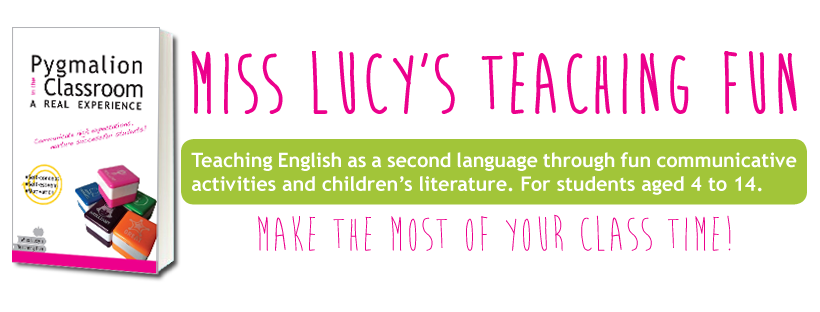 |
| http://dollarstoremom.com/2011/04/make-a-phonics-flip-chart/ |
Looking for some ideas and advice I came across such an abundance of strategies and material that I almost felt overwhelmed.
However, I've been able to design an effective plan that is already showing some results.
Everything started to become clearer when I was able to take a look at a collection of booklets specifically designed with the purpose of teaching phonics.
It's published by Collins and it's called Collins Easy Learning Age 5-7
It's interesting because the books cover many letter sounds with examples and colorful drawings. Also, there are a couple of workbooks to keep practicing a little more.
I decided to use them as a sort of guide through the maze of phonics, but also as a 'test' to use at the end of each module.
Then, following my 'guide', I searched the internet looking for entertaining activities linked to phonics, first of all because I wanted to dive deep into the topic and second because engaged kids are the secret to successful teaching.
Well… I would say I found a treasure.
Look at this page and take your time to explore it, because it's an amazing source of almost anything you need to teach this topic.
The worksheets you'll find here are great! Crosswords, puzzles, cut and paste activities, cards. So far my students have enjoyed them a lot.
Furthermore, it's so nice to see how the children are getting more and more confident with every class.
I can see how they are reasoning about what letters they need to write every single word, making a big effort not to peep at the word bank that follows the exercises.
However, the best of all is seeing their eyes light up with satisfaction when they realize that they can spell correctly.
Below, I give you a list of other things I'm using these days to expand the phonics experience:
- Cards to teach Rhyming words and Phonics
- Spelling Games from Instant File-Folder Games for Reading grade 1-3 published by Scholastic
(sample pages available)
- Success with Reading Comprehension Grade 1, also published by Scholastic
(sample pages available)
- Dr Seuss rhyming books (Children love them!)
- Alphablocks cartoons. (Very engaging and fun. Available on YouTube)
As you can see, tons of material is available, so I personally selected those phonics that Spanish children would find the trickiest to recognize. I imagine that kids from other countries will need to focus on different sounds and patterns.
Good luck with your work and, as always, have fun!
More about reading
More about writing
---> Quiero leer esta entrada en español
Lucy dedicates a lot of time and love to thinking about and writing the posts she shares with all of you. Because she believes that a better teaching is the key for a better future. If you find any help, value or joy in this blog, please consider becoming a supporting reader. A donation, in any amount, will be gratefully accepted.








